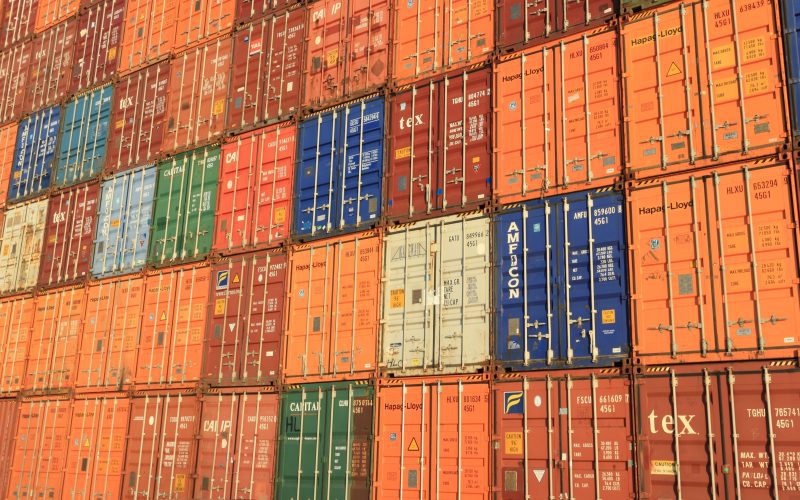China’s Trade Plunge: Setback to Economic Recovery
China’s economic landscape faced an unexpected hurdle as its trade figures plummeted, sending ripples through the global economic fabric. The recent trade plunge, which exceeded earlier forecasts, poses a challenge to the nation’s ongoing recovery efforts and raises questions about its economic resilience.
Understanding the Trade Plunge
China, often hailed as an economic powerhouse, experienced a significant trade contraction that caught many analysts off guard. The trade data for the last quarter has revealed a dip that surpassed initial estimates, raising concerns about the trajectory of the country’s economic revival.
Factors Behind the Unexpected Dip
Several factors have contributed to this drastic trade decline. Global supply chain disruptions, exacerbated by the ongoing pandemic, have led to a shortage of critical components. Moreover, fluctuations in consumer demand patterns, both domestically and internationally, have added to the complexity of the situation. Geopolitical tensions and trade restrictions with certain trading partners have also played a role in this trade setback.

Impact on Economic Recovery
The trade plunge holds the potential to reverberate across multiple sectors of the Chinese economy. A sharp drop in exports could lead to reduced manufacturing activity, affecting employment and overall economic output. The services sector, which had been showing signs of recovery, might face headwinds as well due to reduced global travel and cross-border business.
Furthermore, the trade downturn could influence investor sentiment, potentially leading to reduced foreign direct investment (FDI). This, in turn, might hinder the inflow of technology and innovation, which are crucial for sustaining long-term economic growth.
Looking Ahead: Potential Rebound
Despite the current challenges, there are factors that offer hope for a rebound. China’s proactive approach to addressing supply chain vulnerabilities could lead to increased domestic production of critical components. Efforts to diversify trading partners and expand markets could also mitigate the impact of geopolitical uncertainties.
Additionally, the Chinese government’s commitment to stimulus measures and infrastructure investments might help stimulate domestic demand, providing a cushion against external shocks. Close monitoring of consumer trends and flexible economic policies could assist in adapting to rapidly changing market conditions.
In conclusion, the unexpected trade plunge in China serves as a stark reminder of the interconnectedness of the global economy. While the setback poses challenges to the ongoing economic recovery, it also presents an opportunity to reevaluate supply chain strategies and foster domestic innovation. As the nation navigates these uncharted waters, a combination of prudent policies and adaptive strategies will be crucial to steer the economy back on track.











